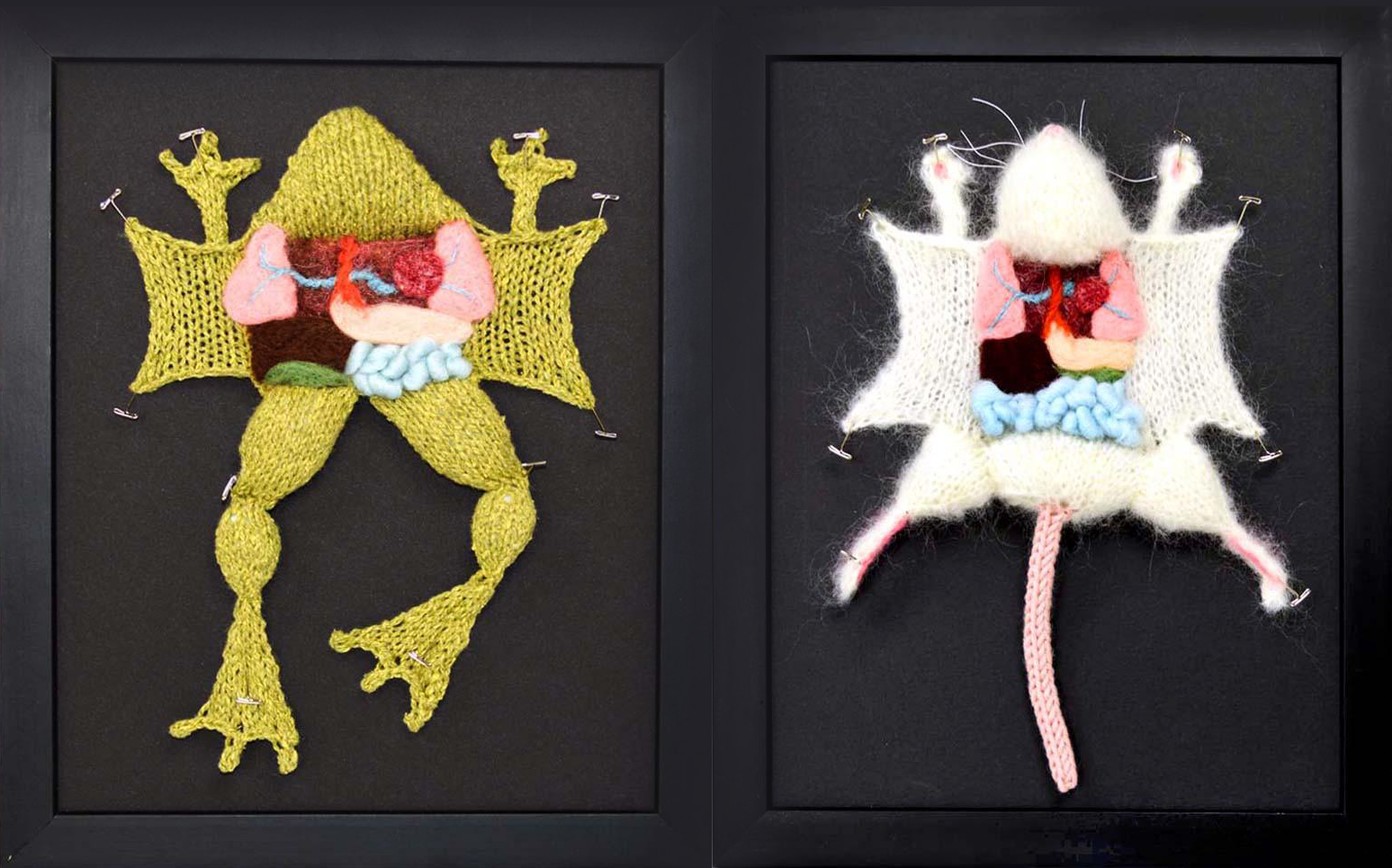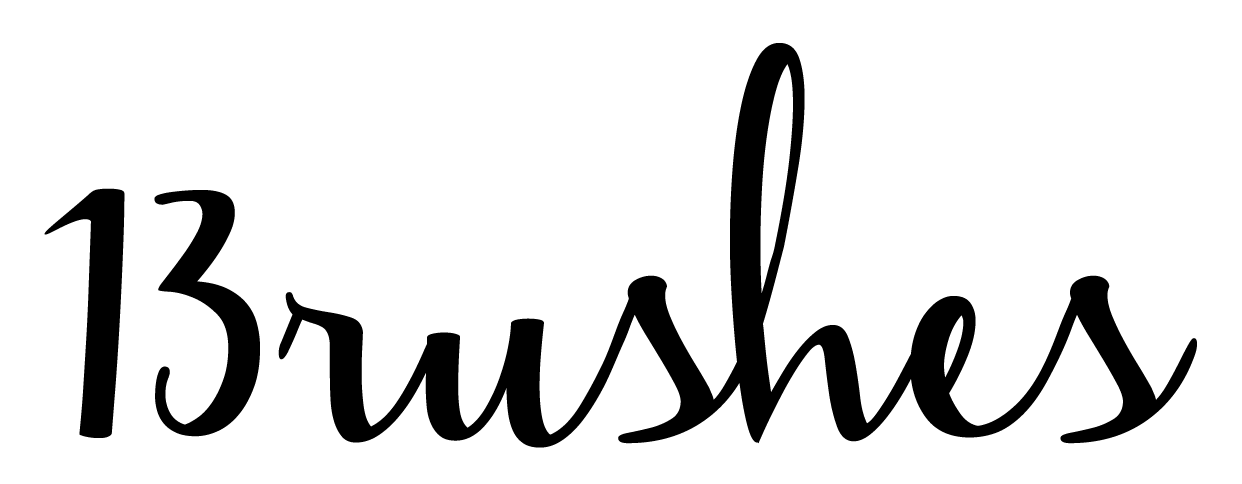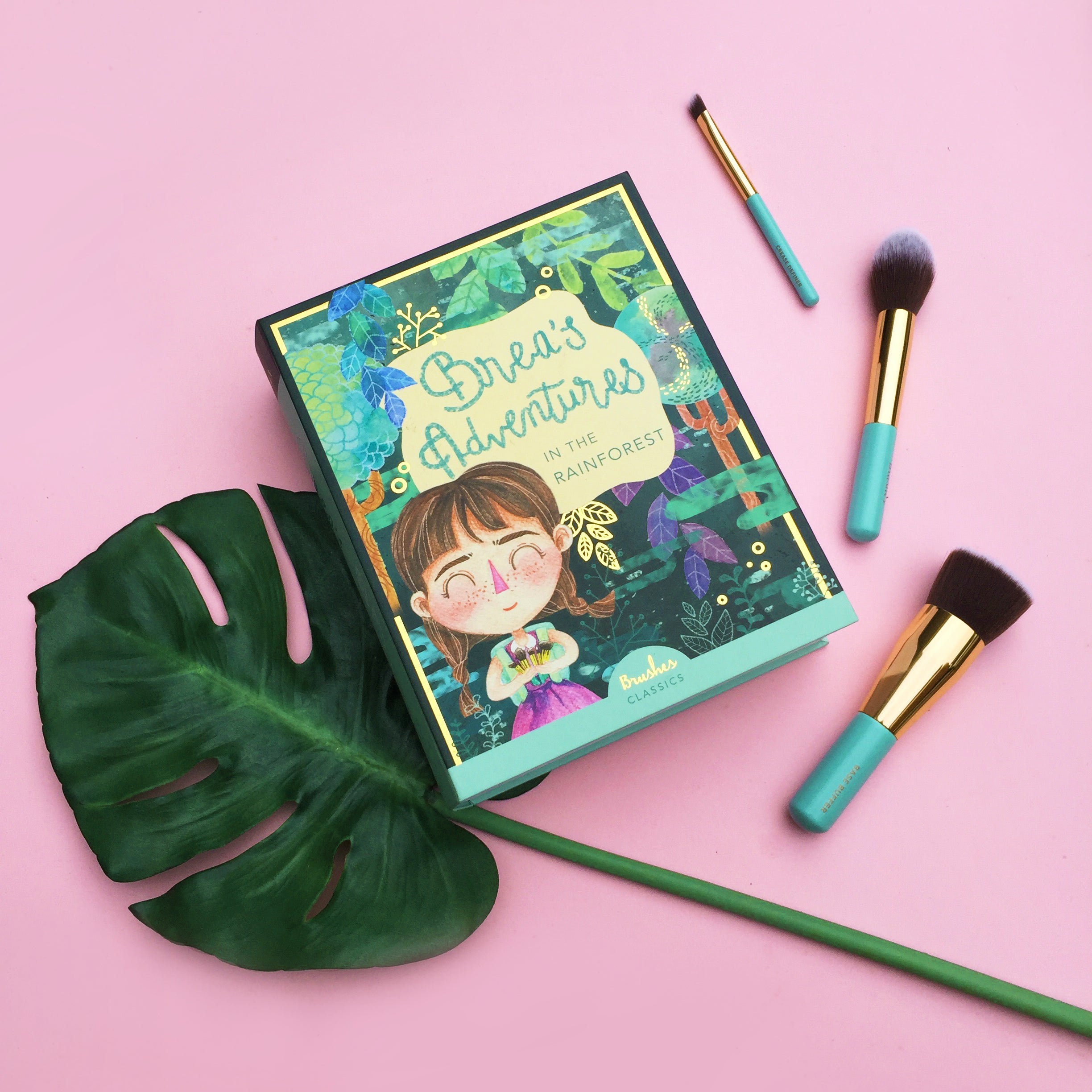
THE CASE AGAINST ANIMAL USE FOR CURIOSITY-DRIVEN RESEARCH
A bill recently introduced to the California State Assembly recommended a ban of animal dissections at all California schools. Assembly Bill 1586, called the Replacing Animals in Science Education (or RAISE) Act would encourage schools to adopt newer teaching methods such as 3-D computer modeling programs to teach biology. This Act (AB 1586) serves to update science education in the state by replacing animal-dissection activities with humane teaching methods which align with industry standards and best practices. This bill was introduced by Assembly Member Ash Kalra and co-sponsor advocacy groups Social Compassion in Legislation, People for the Ethical Treatment of Animals, and the Physicians Committee for Responsible Medicine.
“Advancements in educational technology have expanded access to this important scientific instructional methodology without having to rely on animals,” Kalra said. “With the development of technological alternatives, virtual and computer-based science teaching practicum offer more humane teaching methods that help to better prepare students for higher education and careers in science.” Last month, another bill introduced in California would encourage schools to become more vegan-friendly by promoting the inclusion of more vegan food choices on their menus.
What are these animals and where do they come from?
In America, according to One Green Planet, “Schools obtain animals for dissection from biological supply companies, who source entire animals as well as animal parts. These companies typically get their supply from a variety of dealers. According to American Anti-Vivisection Society (AAVS), these dealers are separated into Class A and B dealers. Class A dealers are organizations or individuals who breed animals to sell while Class B dealers can breed or purchase animals to re-sell. Class B dealers for sale can come from a wide variety of sources, including stray animals, animals free to a good home, and pounds or shelters. AAVS states: “Cats used for dissection are purchased from ‘Class B’ dealers who obtain cats from a variety of legal and illegal sources, such as animal shelters, ‘free to good home’ ads, and pet theft.” Some animals are also purchased as by-products of other cruel animal industries. This includes fetal pigs from slaughterhouses as well as skinned mink, foxes, and rabbits. Most of these animals were raised in terrible conditions, and it seems an added cruelty for them to face dissection after death."

InVivos lab- one of Singapore's largest supplier of rats and mices. The popular Taconic brand rats are bred locally in their facility. Image retrieved from their site.
In Singapore, animals specimens can be sourced both locally and overseas. Certain rules have been put in place to protect the wildlife and the endangered species. Locally, under the Wild Animals & Birds Act, all wild animals are protected by law except those listed in the Schedule. A permit must be obtained from the authorities to kill, take or keep any wild animal. No Endangered animal is to be imported without proper CITES certificates and export permits from the exporting country and import permits, as required under the Endangered Species (Import and Export) Act.
Singapore is home to about 24 licensed research facilities housing hundreds of thousands of animals. According to the Agri-Food and Veterinary Authority (AVA), mainly rats, mice and fish are used in experiments. Rabbits, dogs, pigs and monkeys also feature in some. Most are euthanised at the end of a trial, which usually lasts days. But if they are approved for use in more than one project where there is little or no pain, it could be years of confinement for the animals.
As part of the licensing requirements, the research facility must comply with the NACLAR Guidelines. According to AVA, "The NACLAR Guidelines on the Care and Use of Animals for Scientific Purposes was released in October 2004. It specifies all aspects of the care and use of animals for scientific purposes including their use in teaching, field trials, environmental studies, research, diagnosis, product testing, and the production of biological products. The AVA maintains regulatory oversight and audits IACUCs to check for effective self-regulation. All animal research facilities are required to submit an annual report to the AVA, who will carry out inspections before licenses are considered for renewal."

The JAX® Mice as substrains of InVivos Singapore. Image retrieved from their site.
The NACLAR Guidelines were developed through the adoption of the best practices in countries such as Australia, Canada, New Zealand, and the US.
Similar to the United States, self-regulation is used as an enforcement mechanism in Singapore. Research facilities are licensed, but not individual researchers or their animal use protocols. Nevertheless, requirements imposed through AVA's licensing mechanism make each research facility accountable for the conduct of all live animals used for scientific purposes.
It appears that our government body has put in consideration thought into promoting humane and responsible use of animals for scientific purposes. However, for the unfortunate animal who has to go through these distressing procedures, pain is ultimately still pain. Confinement and testing in school laboratories brings about immense amount of suffering to the animal and strips them of their rights and meaning to life.
Attitudes of educators and biological supply companies
A study by the Oregon State University (OSU) revealed that one quarter of educators surveyed (who used live animals in their classrooms) released animals into the wild after class. More often than not, non-native species are frequently introduced into local environments. Most of these teachers surveyed were also unaware that the animals they released could harm native species and ecosystems. The study also indicated that many suppliers do not consider the environmental effects of their animals as their concern. This situation, including some teachers’ and biological supply companies’ nonchalant attitude towards the environmental consequences of certain animal-use practices, is mirrored in another widespread use of animals in education—dissection.
The case against dissection and the use of live animals in classrooms
Animals are sentient beings: Our furry friends (and also non-furry) can suffer like humans do. Discriminating against animals because they do not appear have the cognitive ability, language, or moral judgment that humans do is no more justifiable than discriminating against human beings with severe mental impairments. This was the key thesis of Peter Singer's acclaimed book, "Animal Liberation". According to Singer, "Speciesism is the prejudice or bias in favour of the interests of members of one's own species and against those of members of other species" Speciesism is often condemned as the same sort of bigotry as racism or sexism. Singer's book has an excellent and logical argument against Speciesism, and if you're interested do take a look here.
The practice of dissection disregards the pain and suffering experienced by a living and feeling being. Using sentient animals in classroom learning is more often than not, curiosity-driven rather than goal-oriented. Students and educators are unlikely to achieve new findings in science by simply looking at the insides of a frog, after all similar dissections on frogs have taken place for decades. These findings are widely available on the internet and there is simply no need to repeat the experiment out of curiosity. The value of such basic research for knowledge sake alone does not justify taking away an animal's life.

Corroboree frog getting tested for chytrid fungus by scientists ( James Cook University )
Our fragile wildlife suffers: Amphibians, reptiles, fish, birds, and many invertebrates are among the species that are taken from natural habitats and used in dissection classes. By removing animals from their natural homes, we contribute to the depletion of species diversity and imbalance in ecosystems.
Frogs, for instance, provide a natural form of pest control in ecosystems to which they are native, while non-native frogs released into the wild create infectious disease risks for fragile, native populations. Such needless human intervention puts heavy pressure against the survival of the already fragile amphibians. Since the 1980s, the world’s amphibians have been facing an epidemic where global populations of frogs and salamanders had undergone an “amphibian extinction crisis”. Experts estimate that over a hundred species could be gone forever. The populations of amphibians took a great hit and are gravely depleted largely due to the spread of the lethal chytrid fungus.
Furthermore, it is not just the harvesting of live animals that is cause for concern. What happens after class is done is also an area for consideration.
Toxic waste from dissection class a concern: The preservation and discarding of dead animal specimens carries significant environmental risks. Toxic, cancer-causing chemicals such as formaldehyde or formalin preserve millions of animals each year. Formaldehyde has been identified as a carcinogen in humans by the US Department of Health and Human Services’ National Toxicology Program, and the Environmental Protection Agency has designated it as “a hazardous air pollutant, water pollutant, and waste constituent.”
Annually, millions of animals are caught from the wild or raised by biological supply companies for educational purposes and discarded as hazardous waste. The Johns Hopkins University Center for Alternatives to Animal Testing has estimated that 6 million vertebrate animals are dissected in US high schools each year. In United States alone, the number of invertebrates and vertebrates lives lost to “education” estimated at nearly 20 million. Considering the scale of such practice, the combined volume of toxic animal specimens generated worldwide is indeed tremendous. The extent of the toxic-chemical waste generated by the disposal of dissection specimens makes the practice a concern not just for schools but for the public health and the environment as well.
Humane, effective and technologically advanced alternatives are now available: The frivolous use of animals for science is impracticable as newer, more effective and more sustainable options are now readily available. According to Marge Peppercorn, a Harvard-trained physician and medical advisor to the New England Anti-Vivisection Society, “Comparative studies have shown time and again that alternatives to dissection—from computer programs to models that are more realistic than formalin-fixed ‘specimens’—are as educationally effective, and in most cases more so, than animal dissection. If medical and veterinary schools are rapidly replacing animals with alternatives, why shouldn’t this also be happening at the high school level?”
Desensitization to suffering: Cutting into dead animals, who may once have been someone’s companion (in many countries, animal shelter frequently provides specimens to schools), can be very traumatic or otherwise difficult for students. The use of animals in schools makes an impression on young minds, leading to adopted attitudes and ethics surrounding such use. Procuring animals from slaughterhouses, fur farms, or animal shelters neglect the greater problems of animal cruelty, why these animal lives have been wasted, and the animal overpopulation crisis. It instills a belief that animals are objects for our casual use, disregards the study of life, and promotes desensitization towards animal sufferings
Humane non-animal teaching tools on the way
Thankfully, as a result of growing ethical concerns, technological advances, and robust findings about the educational effectiveness of modern non-animal methods, many are rejecting these crude animal experimentation techniques. Educators and professional organizations are also beginning to embrace more humane teaching tools.
Research institutions around the world are investing in alternative methods to minimise the distress inflicted on animals when testing new medical treatments for humans. They include the Johns Hopkins Centre for Alternatives to Animal Testing in the United States, and the European Centre for the Validation of Alternative Methods based in Italy. Last year, the British non-governmental organisation Fund for the Replacement of Animals in Medical Experiments (Frame) spent close to $1million on finding research alternatives.
Dissection in the name of science has been abolished at an increasing rate in the recent years. Back in 2011, the University Grants Commission (UGC), the national body in New Delhi that funds and governs Indian universities, announced that would phase out almost all animal dissection and replace it with teaching using computer simulations and models. Other countries, such as Argentina, Slovakia, and Israel have even banned it or severely restricted its use.
In Singapore, research on animal is not illegal but regulated. Under the Animal & Birds (Care and Use of Animals for Scientific Purposes) Rules any research facility that uses animals for scientific purposes must obtain a licence from AVA.
While not entirely perfect, I personally thought the NACLAR Guidelines was commendable in pushing for a basic level of welfare for the animals. The principles of the 3Rs- Replacement, Reduction and Refinement guides researchers and educators towards the minimization of animal suffering. The principles are:
- Replacement of animals with alternative methods;
- Reduction of the number of animals used;
- Refinement of projects and techniques used to minimise impact on animals
What you can do
It was estimated that over 250,000 research animals were euthanised locally in 2009. Many Singaporeans are not aware of how common animal dissection occurs in schools and places of higher education.
Should you have to sit through a dissection session in class, here's what you can do:
- Gently refuse to dissect live animals
- Enquire if it's possible to adopt alternative humane methods to achieve similar learning outcomes.
- Offer to work with the school management to work on other humane methods to achieve the same objectives
- Convince your school to adopt an official policy requiring teachers/lecturers to offer alternatives to dissection and animal experimentation
- Work together with other students who want humane alternatives. Write letters to local and school/university newspapers and meet with your principal/dean and teachers/lecturers.
- Write a letter to your Minister for Education.
As English philosopher Jeremy Bentham concisely wrote in the 1700s, "The question is not, Can they reason? nor, Can they talk? but, Can they suffer?".
Dissection teaches that animals are throwaway objects. It teaches a profound disrespect for the life it aims to study. Through the adoption of humane non-animal study techniques, students will better respect living beings and begin appreciate the role animals have in nature. Alternative humane learning methods can create the same learning outcomes and at the same time make enormous contributions to the student’s awareness of the environment they live in. By ditching the use of animals in classes, we are prompting these young minds to critically consider the contemporary ethics behind human-animal relationships across fields.
.
.
.
The following websites also provide information about humane teaching methods for both students and teachers/tutors:
InterNICHE - www.interniche.org
The Studies Database of the International Network for Humane Education provides citations and abstracts for over 750 studies primarily focus on educational animal use and alternatives. It is searchable by discipline, authors, and keyword.
Conscientious Objection - www.conscientiousobjection.info
Set up by the University of Melbourne Animal Protection Society (UMAPS), this website is a fantastic resource for students concerned about the harmful use animals throughout their education. It provides information and practical steps on how you can conscientiously object and thereby avoid harmful animal use in your studies.
Humane Learning - www.humanelearning.info
Contains citations and abstracts for over 400 studies of harmful animal use and humane alternatives in various educational disciplines. Of particular interest are reviews of studies comparing student learning outcomes obtained via harmful animal use, with those obtained via humane teaching methods.
Johns Hopkins University Center for Alternatives to Animal Testing - http://caat.jhsph.edu/
The Johns Hopkins University Center for Alternatives to Animal Testing promotes humane science by supporting the creation, development, validation, and use of alternatives to animals in research, product safety testing, and education.
References:
https://academic.oup.com/ilarjournal/article/57/3/312/3796594
https://www.oregonlive.com/environment/2012/08/invasive_species_could_be_tran.html
http://journalgateway.com/ijomp/article/view/146/309
https://www.onegreenplanet.org/animalsandnature/dissection-cruel-or-educational/
https://www.livekindly.co/california-moves-ban-all-school-dissection/
https://www.exploratoriumstore.com/collections/fine-art/products/aknitomy-dissected-frog-framed






Leave a comment
This site is protected by hCaptcha and the hCaptcha Privacy Policy and Terms of Service apply.